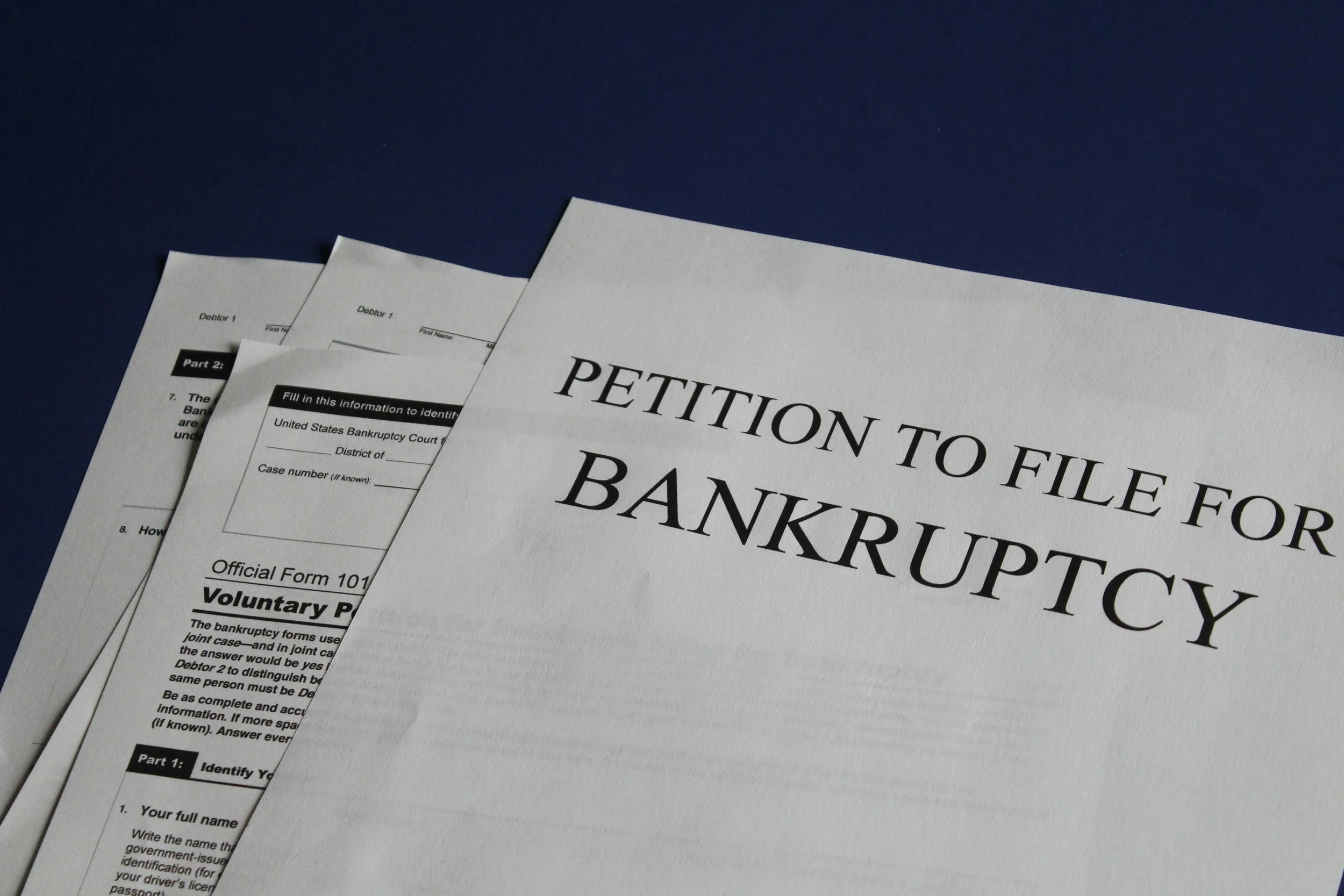A Beginner's Guide to Writing a Successful Bankruptcy Petition
Facing financial difficulties can be overwhelming, but bankruptcy offers a legal avenue to regain control of your finances. While the term "bankruptcy" might carry negative connotations, it can be a powerful tool to help you navigate out of tough financial situations and secure a fresh start. This guide aims to help beginners understand how to write a successful bankruptcy petition, drawing insights from experienced bankruptcy attorneys and practical advice to steer you through the process.
Understanding Bankruptcy: Chapter 7 vs. Chapter 13
Before diving into the petition process, it's crucial to understand the two primary types of consumer bankruptcy:
Chapter 7 Bankruptcy (Liquidation)
Purpose: Eliminates most unsecured debts, such as credit cards and medical bills.
Process: Non-exempt assets are sold by a trustee to repay creditors.
Eligibility: Subject to a means test to determine if your income is low enough to qualify.
Outcome: Provides a discharge of eligible debts, usually within a few months.
Chapter 13 Bankruptcy (Repayment Plan)
Purpose: Allows you to keep your property and repay debts over a 3 to 5-year period.
Process: Develop a court-approved repayment plan based on your income and debts.
Eligibility: Must have a regular income and your debts must be below certain limits.
Outcome: After completing the repayment plan, remaining eligible debts are discharged.
Steps to Writing a Successful Bankruptcy Petition
1. Assess Your Financial Situation
Begin by conducting a thorough evaluation of your finances:
List All Assets: Include real estate, vehicles, bank accounts, personal property, and any potential inheritances.
List All Debts: Document all secured and unsecured debts, including mortgages, car loans, credit cards, medical bills, and personal loans.
Income and Expenses: Detail your income sources and monthly living expenses.
Note: Honesty is paramount. Failing to disclose assets or debts can lead to dismissal of your case or even legal penalties.
2. Choose the Right Bankruptcy Chapter
Determine which type of bankruptcy suits your situation:
Chapter 7: Suitable if you have low income and few assets.
Chapter 13: Ideal if you have a regular income and wish to keep your property while catching up on missed payments.
Consider consulting with a bankruptcy attorney to make an informed decision.
3. Complete Pre-Bankruptcy Credit Counseling
Requirement: You must complete a credit counseling course from an approved agency within 180 days before filing.
Purpose: Helps you assess whether bankruptcy is the right choice and explores possible alternatives.
4. Gather Necessary Documentation
Collect all required financial documents:
Tax Returns: Typically for the past two years.
Pay Stubs: Proof of income for the past six months.
Bank Statements: Recent statements from all accounts.
Property Deeds and Titles: For real estate and vehicles.
Debt Statements: Latest bills or statements from all creditors.
5. Fill Out Bankruptcy Forms
You will need to complete several official forms, including:
Voluntary Petition: Initiates the bankruptcy case.
Schedules A-J: Detailed information about your assets, liabilities, income, expenses, and more.
Statement of Financial Affairs: Overview of your financial history and recent transactions.
Means Test Calculation (Chapter 7): Determines eligibility based on income.
Tip: Ensure all information is accurate and complete. Mistakes or omissions can delay your case or result in dismissal.
6. File the Petition with the Bankruptcy Court
Submission: File your completed forms with the clerk of the bankruptcy court in your district.
Filing Fee: Pay the required filing fee or apply for a fee waiver if eligible.
Automatic Stay: Upon filing, an automatic stay goes into effect, halting most collection activities, including foreclosure and repossession.
7. Appointing the Trustee
Role of the Trustee: An impartial case trustee is assigned to administer your case. They review your petition, identify non-exempt assets (Chapter 7), or oversee your repayment plan (Chapter 13).
Interaction: Cooperate fully with the trustee, providing any additional information or documents requested.
8. Attend the Meeting of Creditors (341 Meeting)
Purpose: The trustee and creditors can ask questions about your financial situation and the information in your petition.
Preparation: Bring photo ID and proof of Social Security number. Review your petition beforehand to answer questions accurately.
Outcome: If all goes well, this may be your only court appearance.
9. Complete Debtor Education Course
Requirement: Before receiving a discharge, you must complete a debtor education course from an approved provider.
Certificate: File the completion certificate with the court promptly.
10. Discharge and Next Steps
Chapter 7: If no objections arise, eligible debts are discharged approximately 60 days after the 341 meeting.
Chapter 13: Debts are discharged after successfully completing the repayment plan.
Rebuilding Credit: Begin rebuilding your credit by making timely payments and monitoring your credit reports.
Tips for a Successful Bankruptcy Petition
Be Thorough and Honest: Fully disclose all assets, debts, income, and expenses. Transparency is crucial.
Understand Exemptions: Familiarize yourself with federal and state exemptions that protect certain assets from liquidation.
Avoid New Debt: Do not accumulate new debt or make significant financial transactions before filing.
Consult a Professional: Bankruptcy laws are complex. An experienced bankruptcy attorney can guide you through the process and help avoid pitfalls.
Stay Informed: Keep track of deadlines and required documentation to ensure a smooth process.
Common Pitfalls to Avoid
Hiding Assets: Intentionally omitting assets can lead to case dismissal or criminal charges.
Inaccurate Information: Mistakes on your petition can cause delays or dismissal.
Ignoring Communications: Respond promptly to trustee requests and court notices.
Falling for Scams: Be wary of non-attorney petition preparers or agencies promising quick fixes. Only seek advice from qualified professionals.
Conclusion
Filing for bankruptcy is a significant decision that can provide relief from overwhelming debt and a path toward financial stability. By understanding the process and approaching it methodically, you can navigate the complexities of bankruptcy with confidence. Remember, you're not alone—professional help is available to guide you every step of the way.
Disclaimer: This guide is intended for informational purposes and does not constitute legal advice. Laws and procedures may vary by jurisdiction. Consult a qualified attorney for advice pertaining to your specific situation.


